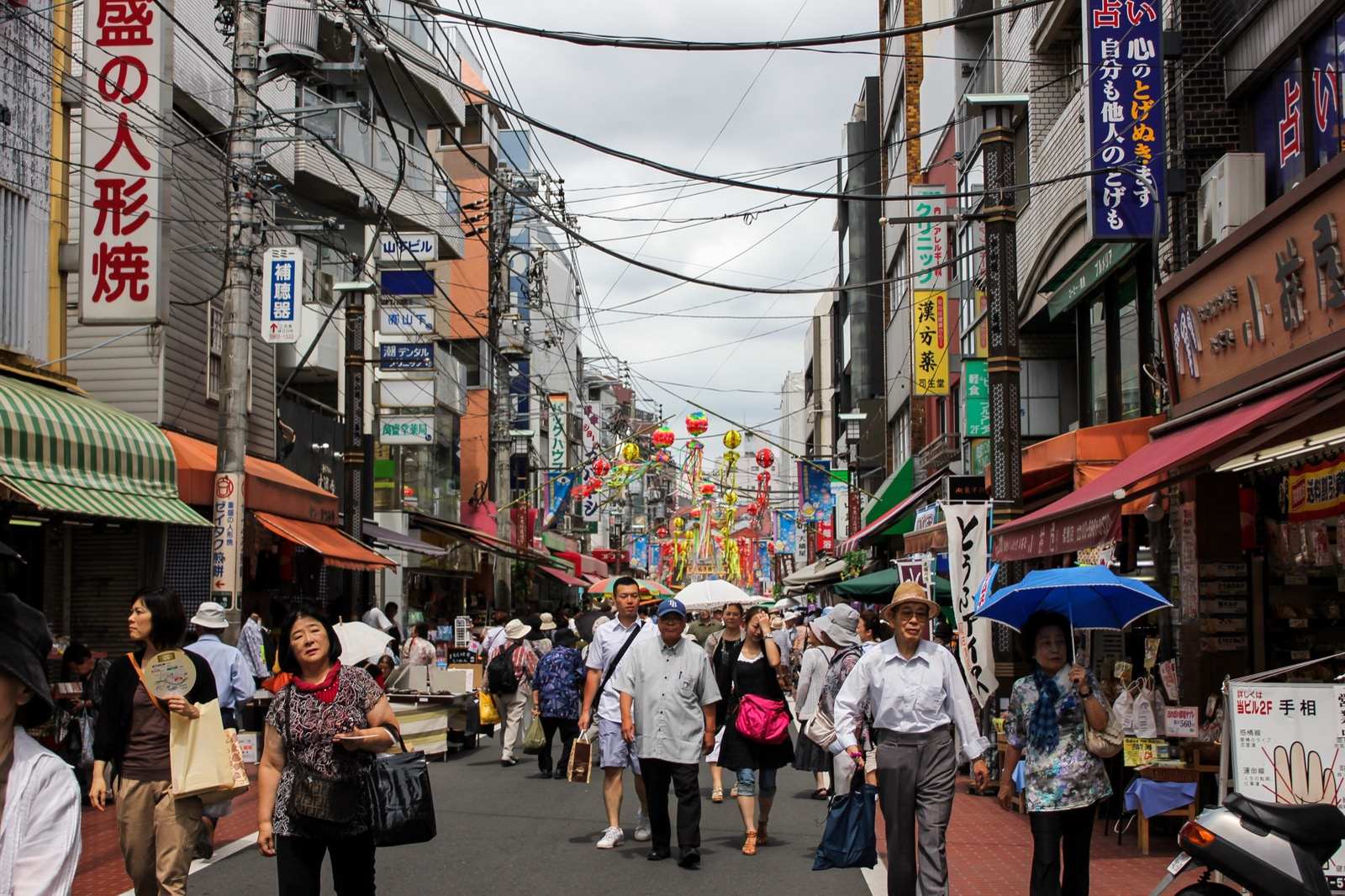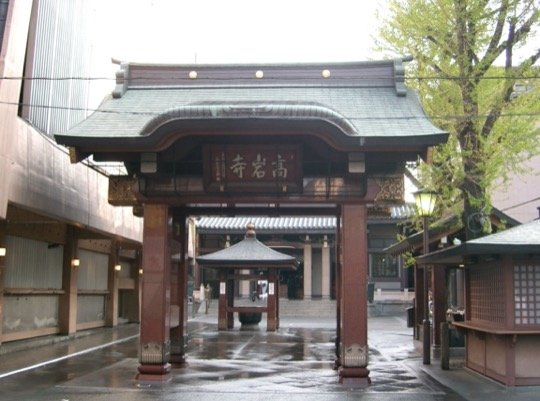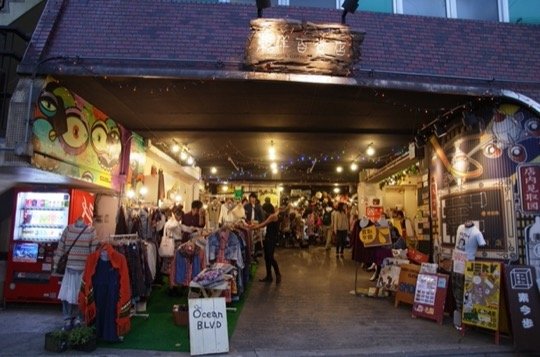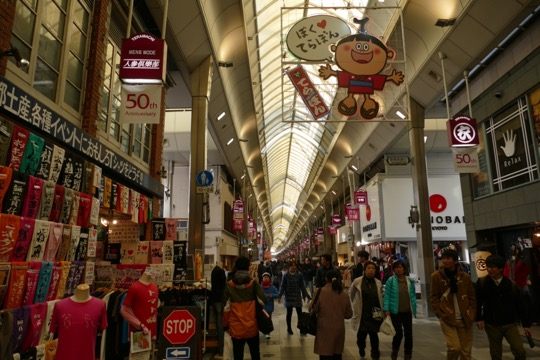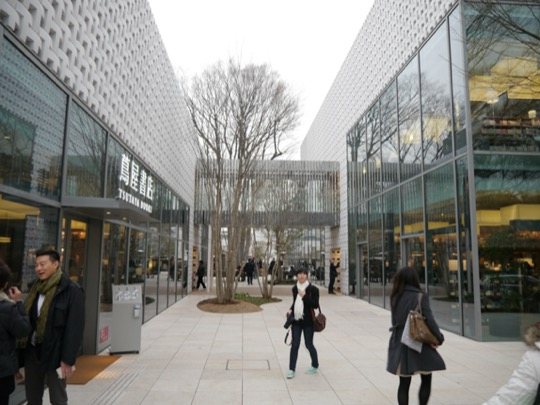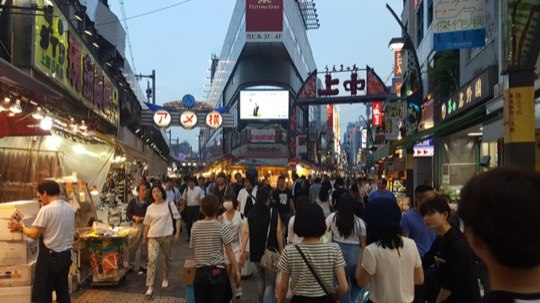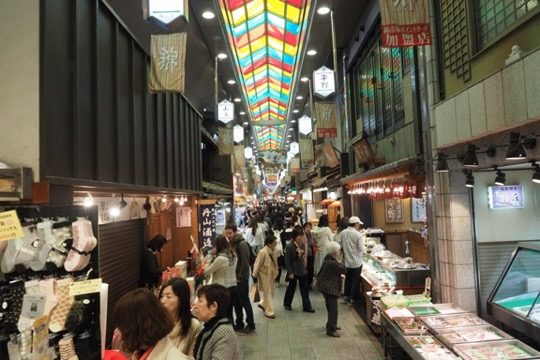Sugamo Jizo Dori Shopping Street
‘Granny’s Harajuku’ brimming with tradition and elder-centric vibrancy
On This Page
Tokyo’s Sugamo Jizo Dori Shopping Street is a blend of contemporary commerce and traditional practices favored by the senior community. This 800-meter street hosts over 200 shops, offering clothing, traditional food, and items tailored for older residents.
The street, known as “Old Ladies Harajuku” or “Harajuku for Grandmas,” reflects the slower pace and welcoming atmosphere of an older Tokyo. Its accessibility, with a flat and accessible environment, allows visitors of diverse ages and abilities to enjoy its variety.
Maruji, a local shop famed for its red items, including red underwear, symbolizes luck and longevity in Japanese culture. The color red is often associated with the 60th birthday, a milestone celebrated as a new beginning, and red clothing is traditionally gifted for this occasion.
The focal point of the street is Koganji Temple, with a history that can be traced back to 1596 and was later moved to Sugamo. The temple’s “Togenuki Jizo” statue, believed to have healed a samurai’s wife, is now a site where the elderly wash the Arai Kannon statue, seeking their own miraculous cures. On the 4th, 14th, and 24th of each month, the temple’s festival draws visitors to participate in the healing traditions.
Sugamo’s historical significance is further highlighted by its connection to Tokugawa Yoshinobu, the last shogun of the Tokugawa Shogunate, who resided in the neighborhood post-shogunate era. His presence adds historic depth to the area.
While perusing Sugamo Jizo Dori, visitors can indulge in the district’s traditional sweets, such as shio-daifuku - salt mochi rice cake. Additionally, a visit to the Togenuki Jizoson Koganji Temple offers a chance to observe or engage in health prayers, enriching the cultural experience.
In essence, Sugamo Jizo Dori Shopping Street is a lively cultural center that blends the past with the present, offering insights into the lifestyles and customs of Tokyo’s older generations. It welcomes visitors to participate in the local spirit, discover unique shops, and connect with the traditions that render the district a distinctive and integral part of Tokyo’s cultural landscape.
